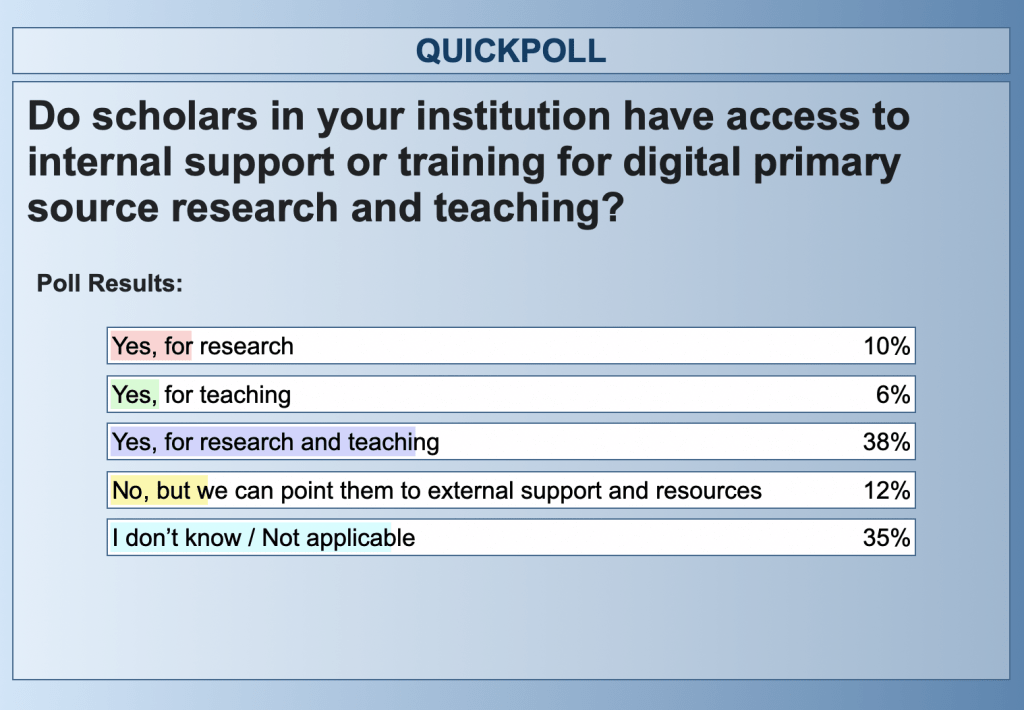Teaching Crowds: Learning and Social Media by Jon Dron and Terry Anderson Published by Athabasca University, Canada, ISBN: 978-1-927356-81-4 (PDF), September 2014, Pages: 370
(book review)
https://www.dhakacourier.com.bd/news/Essays/Using-social-media-platforms-in-teaching-learning/1051
Dr. Jon Dron and Professor Terry Anderson of Athabasca University, Canada attempt to introduce a new model for understanding and exploiting the pedagogical potential of Web-based technologies. Recognizing the E-learning/ online education as new model of teaching and learning, the authors show how learners can engage with social media platforms to create an unbounded field of emergent connections.
In chapter 9 ‘Issues and Challenges in Educational Uses of Social Software’ , the writers accordingly examine the dark side of social software—the ways in which it can undermine or even jeopardize, rather than deepen and extend, the experience of learning. They present a series of over-arching issues that warrant consideration by anyone who plans to use social software for learning. These include issues surrounding privacy, disclosure, and trust, cross-cultural dissonances, problems posed by the complexities of technology and by the digital divide, unpredictable systemic effects, and risks such as mob stupidity and filter bubbles.
+++++++++++++++
more on social media in this IMS blog
https://blog.stcloudstate.edu/ims?s=social+media
A discussion thread in the Higher Ed Learning Collective:
https://www.facebook.com/groups/onlinelearningcollective/permalink/853609748603058/
“Has anyone ever used Discord to communicate with their students and to deliver short lectures or have office hours? We don’t use Zoom and MS Teams only covers one section. I have four sections of the same course. I found one article in favor of it, but figured I’d check with the general community.”
+++++++++++++++
more on Discord in this IMS blog
https://blog.stcloudstate.edu/ims?s=discord
our next webinar, “Augmented Reality and 3D Environments for the Teaching of Chemistry,” which will be broadcast next Tuesday, May 25 at 16 hrs (Central Mexico time).
Report in English:
https://observatory.tec.mx/edu-trends-augmented-and-virtual-reality
++++++++++++++++
more on AR in this IMS blog
https://blog.stcloudstate.edu/ims?s=Augmented+reality
7 Dos & Don’ts for Post-Pandemic Teaching With Technology
Here’s what students hope you’ll keep doing in the fall — and what they hope you’ll drop.
https://www.chronicle.com/article/7-dos-donts-for-post-pandemic-teaching-with-technology
a February panel of students sharing their views on pandemic teaching….
- DON’T lecture with slides for an entire Zoom class.
- DO offer more active-learning and discussion exercises in class.
- DON’T require students to use a tech tool that you don’t understand.
- DO keep using anonymous polling.
- DO get students up and about.
- DO provide more asynchronous materials and activities.
- DO emphasize interaction with and between students.
++++++++++++++++
more on online learning in this IMS blog
https://blog.stcloudstate.edu/ims?s=online+learning
Study: Gamification Techniques Can Improve Online Teaching
https://campustechnology.com/articles/2021/04/12/study-gamification-techniques-can-improve-online-teaching.aspx
A new study out of MIT‘s Sloan School of Management explores the use of ideas and tools from the gaming community to improve online teaching and student learning outcomes.
four key elements for maximizing student engagement in online learning:
- Narrative — a specific storyline or overarching theme. For instance, study co-author Brian Stevens, senior lecturer at the University of Tennessee‘s Haslam College of Business, created a video game theme for his statistics class, incorporating “Boss Battles,” “Speed Runs” and wacky characters to spice up his lectures.
- Continuous flow of action in sight and sound, even before class starts. For example, Lo uses a countdown timer and upbeat music on his course page about 30 minutes before the start of a synchronous lecture, to build anticipation for class. He also switches tasks and/or scenes every 15 minutes to help maintain students’ attention and interest levels.
- Opportunities for two-way communication. To help turn students from viewers into participants, Lo uses a combination of the “Raise Hand” function in Zoom, polls, breakout sessions, surveys and the chat window.
- High production quality. Lo built a home studio with various input devices, professional lighting, a green screen and more to create richer, more engaging presentations for students.
The full study, “The World of EdCraft: Challenges and Opportunities in Synchronous Online Teaching,” is openly available online
serious gamers and gamification experts on that panel. More here on the initiative: https://tinyurl.com/IABOL2021
+++++++++++++++++++
more on gamification in this IMS blog
https://blog.stcloudstate.edu/ims?s=gamification
++++++++++++++++
more on immersive teaching
https://blog.stcloudstate.edu/ims?s=immersive+teaching
++++++++++++++++++++
more on mindfulness in this IMS blog
https://blog.stcloudstate.edu/ims?s=mindfulness
UKSG webinar – The importance and use of digital primary sources in teaching and research
#UKSGWebinar
poll: do scholars in your institution have access to internal support or training for digital primary source research and teaching

 Peter Foster with Wiley, facilitator
Peter Foster with Wiley, facilitator
Hugh Murphy, Head of Collections and Content, Maynooth Univesity Library, Ireland
@hughtweet
what is a primary source.
Functionality (ability to access)
U collections as part of a larger U ecosystem. Conceptional change for Special Collections
Teaching Learning and Research: “digitally-enabled and technology-supported learning” – strategic planning
Research: digital humanties dhlag.yale.edu/project/vogue
Open Access (publishers ARE business). For a small country (university), how much will a publisher pay attention? Will a standard pay attention to OCR a 16th century document.
Sarah Evans, Research and Collections Engagement Manager, Royal Geographical Society with IBG
https://www.rgs.org/about/our-collections/
Collaborative Doctoral Program
WDA Research Fellowships
Kathryin Simpson, Lecturer in Information Studies, U of Glasgow
Hidden Voices: Using the digital archive to critically negotiate histories
digital environment is not just a PDF, but a whole new environment.
record open and accessible by these docs from Africa
Q&A: does the access to primary sources demand different approach to critical thinking.
Jan Resseger: Trust The Teacher to Tell You How Your Child Is Doing, Not Big Data
++++++++++++++
more on big data and education in this IMS blog
https://blog.stcloudstate.edu/ims?s=big+data+education

 Peter Foster with Wiley, facilitator
Peter Foster with Wiley, facilitator